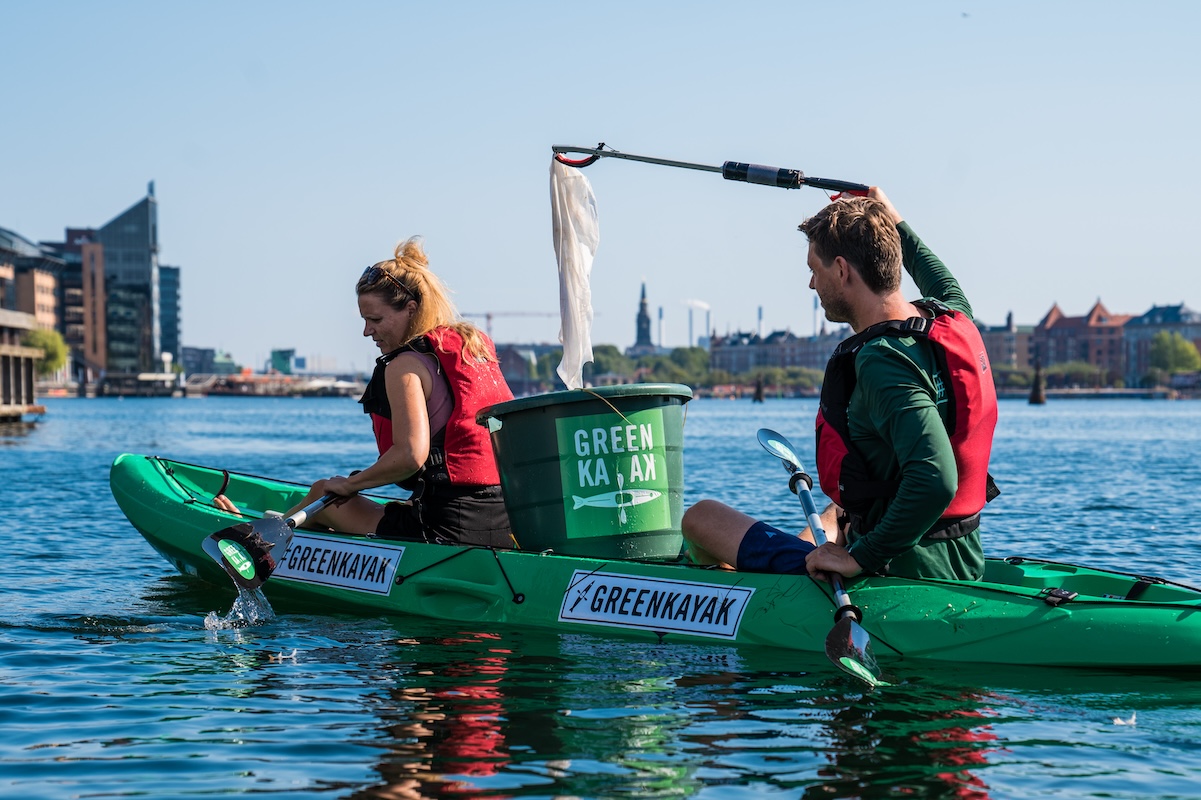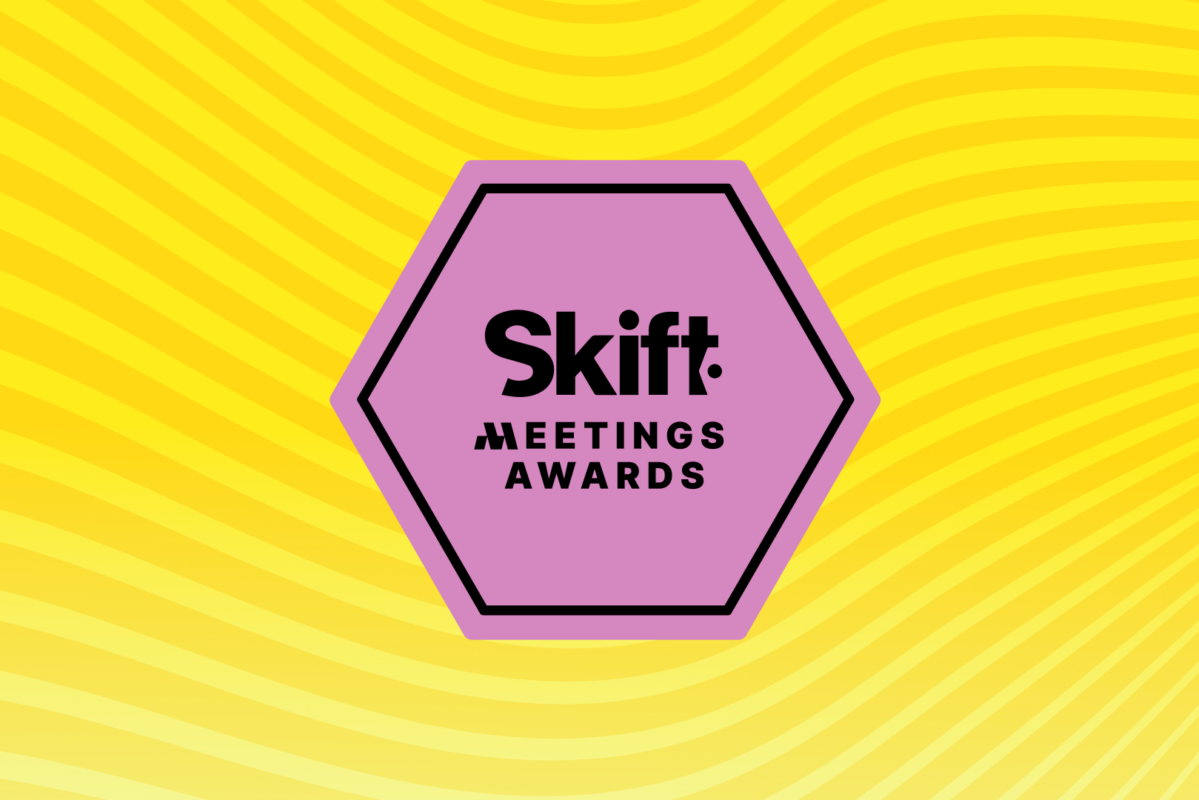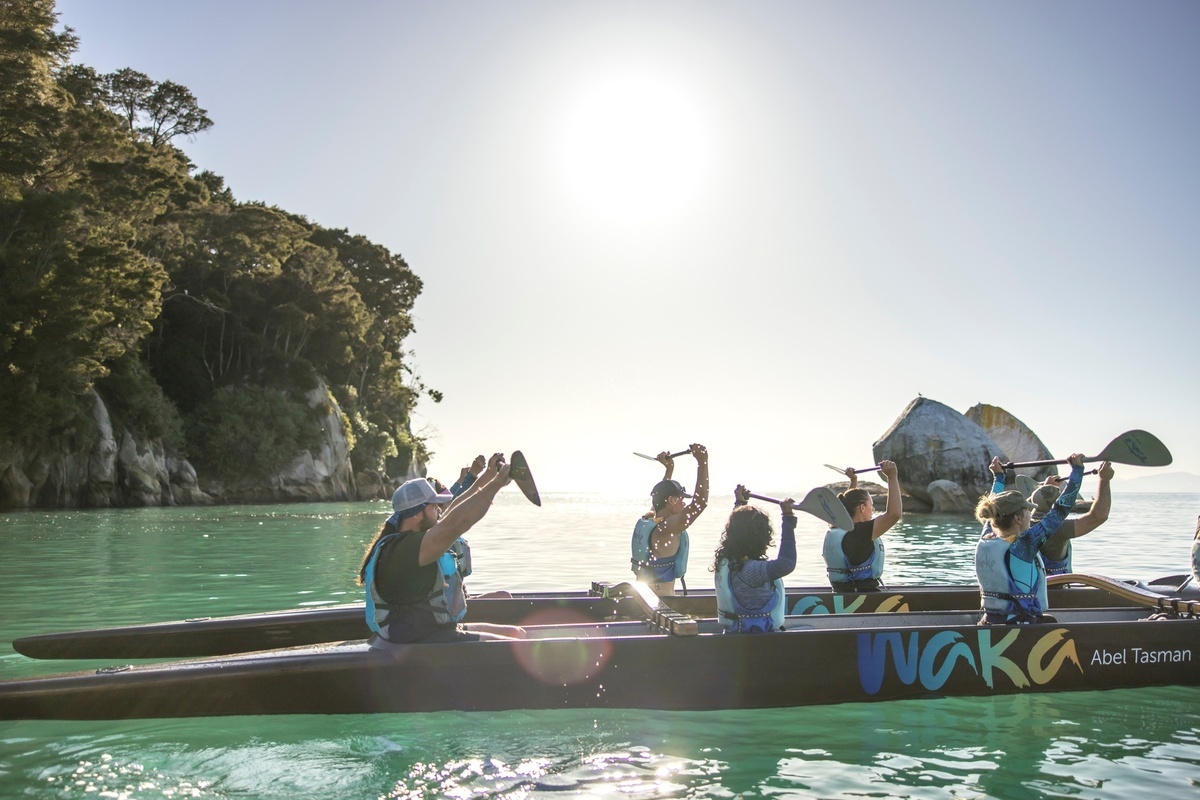Skift Take
Creating a successful CSR strategy can be tricky for planners, but staying aware of certain details can ensure a meaningful experience.
The popularity of corporate social responsibility (CSR) activities is on the rise. While these types of activities are appealing to participants, they can bring with them some tough challenges for planners. Planners are responsible for ensuring that the activities go smoothly and deliver the desired outcomes. They are often also tasked with building a complete event CSR strategy.
It can be difficult to know where to start when it comes to including CSR activities in event programming. Brad Dean, CEO of Discover Puerto Rico, discussed how the destination helps planners coming into the destination approach CSR. He proudly shares the details of how planners were able to connect with local organizations. The outcomes have delivered benefits to the people of the island communities.
Managing Expectations
Scheduling CSR activities for groups can greatly differ from scheduling meetings or offsite team-building activities, Dean explains. “Planners need to be very clear – and frankly demanding – when they’re scheduling certain CSR activities,” he says. He points out that “oftentimes, the community receiving the help isn’t thinking in terms of a convention schedule.”
Dean explains that planners should set clear expectations for all stakeholders. He cited the example of building structures within a community. A group will likely have trouble erecting a new dwelling around a busy meeting schedule but could provide some phase of the construction, such as painting or building a backyard play structure. “Planners need to make sure the activity is a good fit for the group and the time they have.”
Designing Inclusive CSR Activities
Another important aspect of CSR to consider is the physical workload entailed. “I think it’s very important to create an optimal experience for everyone,” he says. Dean points again to an instance where the CSR activity selected for a particular group was rebuilding a home. As they got started, they quickly realized that they had signed up for a bit more than they thought. “You don’t want to overpromise and underdeliver,” he says.
Puerto Rico has an abundance of options for CSR activities that frequently involve the island’s diverse geography and tropical climate. “It’s really important to be mindful of offering an activity that’s very inclusive for everyone,” he says. “Not everybody can climb or hike through the rainforest or stand outside in the heat, and not everybody wants to paint street murals.” Thorough pre-event surveys can effectively help align CSR goals with attendee sensibilities.
CSR and Logistics
“If you’re getting 50 or 100 people to show up and lend a hand, that’s pretty neat but you need to be ready for that,” Dean says. This involves many moving parts, such as arranging transportation, transfers, and providing groups with food and beverages. Planners need to flesh out the same details they would when arranging an event to manage the flow and the needs of attendees effectively.
Dean also notes that while planners are excellent at scheduling, members of the community receiving help may not be thinking along those lines. According to Dean, this requires a slightly out-of-the-box approach to coordinating an activity. Getting in touch with the main point of contact on the destination side of a CSR project is crucial. “You might have the best intentions with an army of volunteers but end up meeting with a group that’s not quite ready to be helped,” he says. “It’s important to have those conversations beforehand,” he says.
Working with DMOs
Destination management organizations (DMOs) are an invaluable resource for planners building a CSR strategy for success, Dean explains. “I would start with the DMO because they’re going to be ingrained in the community and have those connections,” he says. In many cases, the DMO of a destination will be connected with the right organizations that can work with groups.
“The DMO is always the first stop,” Dean says. “But finding a community-based organization that has the connections and can identify the needs within that community is absolutely key.” Dean stresses the importance of this step as the connection with an organization can act as a liaison to make sure activity has been scheduled correctly and the best possible outcome is reached for both the group and the community.
“If you have a DMO that’s connected to the community and you’re planning this in advance, this can become a perfect compliment to an otherwise good meeting,” Dean says.
Photo credit: Daniel Chekalov / Unsplash





